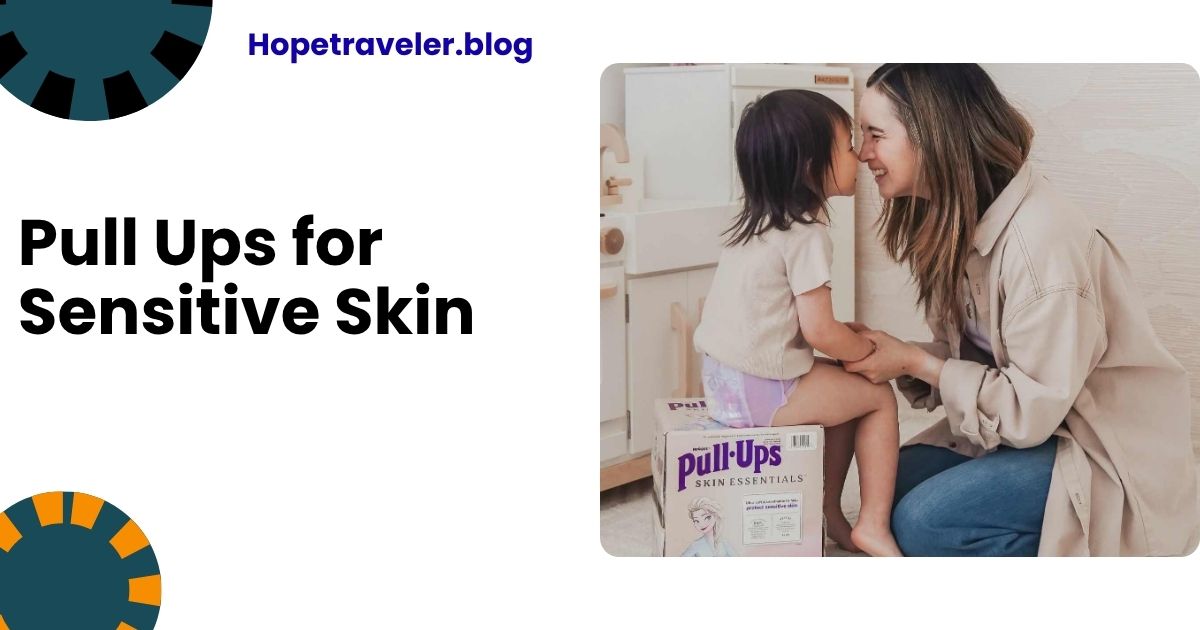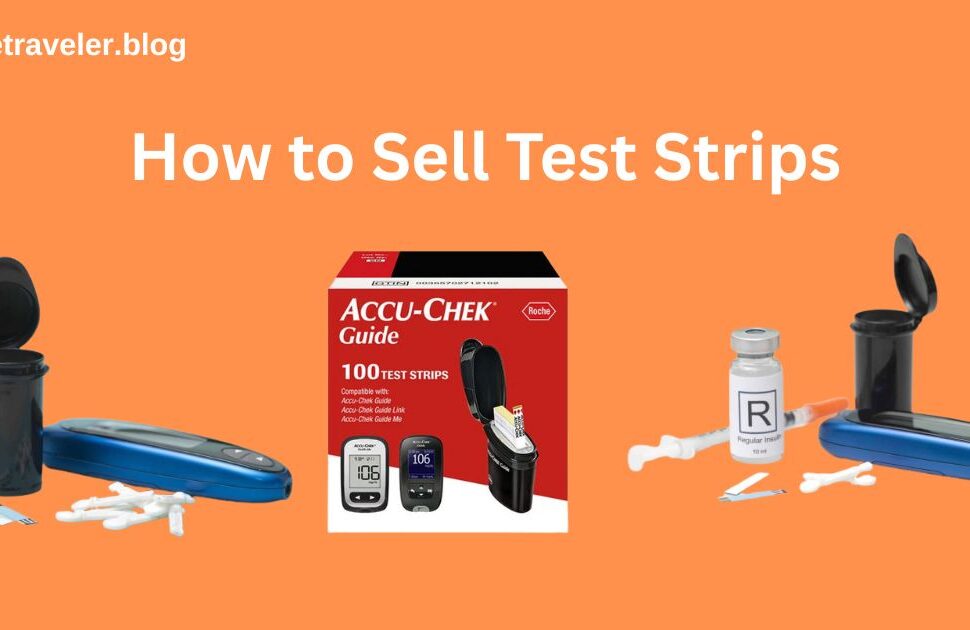Incontinence management is a critical part of life for many adults and children. While there are numerous products available, individuals with sensitive skin require special care and attention. Pull-ups, also known as incontinence underwear or adult training pants, offer a practical solution — but not all are suitable for those with delicate skin. In this guide, we explore the best pull ups for sensitive skin, key features to look for, and top product recommendations.
What Are Pull-Ups?
Pull-ups are absorbent undergarments designed for individuals who experience urinary or bowel incontinence. They resemble regular underwear and are worn like briefs, providing ease of use and discretion. Unlike diapers, pull-ups typically feature an elastic waistband, allowing wearers to pull them on and off easily.
Pull-ups are popular among:
- Toddlers in potty training
- Adults with light-to-moderate incontinence
- Elderly individuals with mobility challenges
You can learn more about the broader category of incontinence products from Wikipedia’s article on incontinence.
The Challenge of Sensitive Skin
People with sensitive skin may suffer from:
- Contact dermatitis
- Rashes
- Itching or redness
- Allergic reactions
This is particularly problematic when using incontinence products for extended periods. Pull-ups that are not dermatologically tested or contain synthetic fragrances and dyes can exacerbate these issues. Therefore, it’s essential to choose products specifically formulated to be gentle on the skin.
Key Features to Look for in Pull Ups for Sensitive Skin
1. Hypoallergenic Materials
Pull-ups should be made of hypoallergenic materials that do not contain harsh chemicals or allergens. Look for labels such as “hypoallergenic,” “dermatologically tested,” or “free from latex, chlorine, and fragrance.”
2. Breathability
Breathable fabrics allow air to circulate around the skin, helping to prevent moisture build-up that can lead to rashes or infections. Products with a cotton-like outer cover are preferred.
3. Moisture-Wicking Technology
A good pull-up should wick moisture away from the skin, keeping it dry. This reduces the chances of skin breakdown and discomfort.
4. Size and Fit
Proper fit is crucial. An ill-fitting pull-up can cause chafing, which aggravates sensitive skin. Choose a size that conforms snugly to the body without being too tight.
5. pH-Balanced Liners
Some premium pull-ups come with pH-balanced liners that help maintain the natural acidity of the skin, reducing irritation.
6. Dermatologist Approval
Products that are approved or recommended by dermatologists have usually gone through clinical testing, ensuring they are safe for sensitive users.
Best Pull Ups for Sensitive Skin: Recommended Products
1. Prevail Daily Pull-Up Underwear
- Why it’s good: Designed for moderate incontinence, Prevail’s underwear features Skin Smart Fabric enriched with Aloe, Vitamin E, and Chamomile. These ingredients soothe and nourish sensitive skin.
- Pros: Breathable zones, hypoallergenic materials, odor guard
- Cons: May not be suitable for severe incontinence
2. TENA ProSkin Pull-Up Underwear
- Why it’s good: TENA’s ProSkin line focuses on maintaining skin health. It includes stretchable fabric for a better fit and ConfioAir 100% breathable technology.
- Pros: Dermatologically tested, soft cloth-like feel, wetness indicator
- Cons: Slightly more expensive than competitors
3. Depend Fit-Flex Underwear for Sensitive Skin
- Why it’s good: Depend is a household name in incontinence care. Their Fit-Flex line is now available in sensitive skin versions, free from fragrances and lotions.
- Pros: Easy to find, affordable, good absorption
- Cons: May feel bulky for some users
4. Attends Premier Pull-Ons
- Why it’s good: Known for their high absorbency and soft materials, Attends Premier are designed with sensitive skin in mind.
- Pros: Overnight protection, breathable materials
- Cons: Bulky for daytime use
5. Eco by Naty Pull-Ups (for toddlers)
- Why it’s good: For children with sensitive skin, Eco by Naty offers an eco-friendly and chemical-free pull-up made from plant-based materials.
- Pros: Environmentally friendly, gentle on baby skin
- Cons: Less absorbent than synthetic options
Tips for Managing Incontinence and Skin Sensitivity
Even the best pull-ups won’t protect skin if not used correctly. Here are additional care tips:
1. Change Frequently
Leaving a soiled pull-up on for too long can cause moisture build-up, leading to rashes and infections. Frequent changes are essential.
2. Clean and Dry the Area
Always clean the skin gently with unscented wipes or warm water. Pat the area dry — do not rub, as it can cause irritation.
3. Use Barrier Creams
Zinc oxide or petroleum-based barrier creams can create a protective layer between the skin and moisture.
4. Choose Clothing Wisely
Tight or non-breathable clothing can trap heat and sweat, further irritating sensitive skin. Opt for loose-fitting, breathable fabrics.
5. Avoid Scented Products
Scented body washes, lotions, or even laundry detergents can trigger allergic reactions.
Eco-Friendly and Skin-Safe Options
With increasing demand, many companies now offer eco-friendly pull-ups that are free of harmful chemicals. These are especially beneficial for individuals who are both environmentally conscious and prone to skin issues.
Look for certifications such as:
- OEKO-TEX Standard 100
- FSC Certified (for sustainable materials)
- USDA BioPreferred label
These indicate the product meets standards for safety and sustainability.
When to See a Dermatologist
If skin irritation persists despite using hypoallergenic pull-ups and proper hygiene, it may be time to consult a dermatologist. Chronic skin inflammation can lead to more serious issues like cellulitis or pressure sores if not addressed early.
Final Thoughts
Choosing the right pull ups for sensitive skin requires careful consideration of materials, fit, absorbency, and additional skin-friendly features. While brands like TENA, Prevail, and Depend offer excellent solutions, the key lies in individual trial and comfort. Always prioritize dermatologically tested, hypoallergenic products, and maintain proper hygiene to support healthy skin.
For more information about incontinence and related care practices, visit Wikipedia’s article on incontinence.




